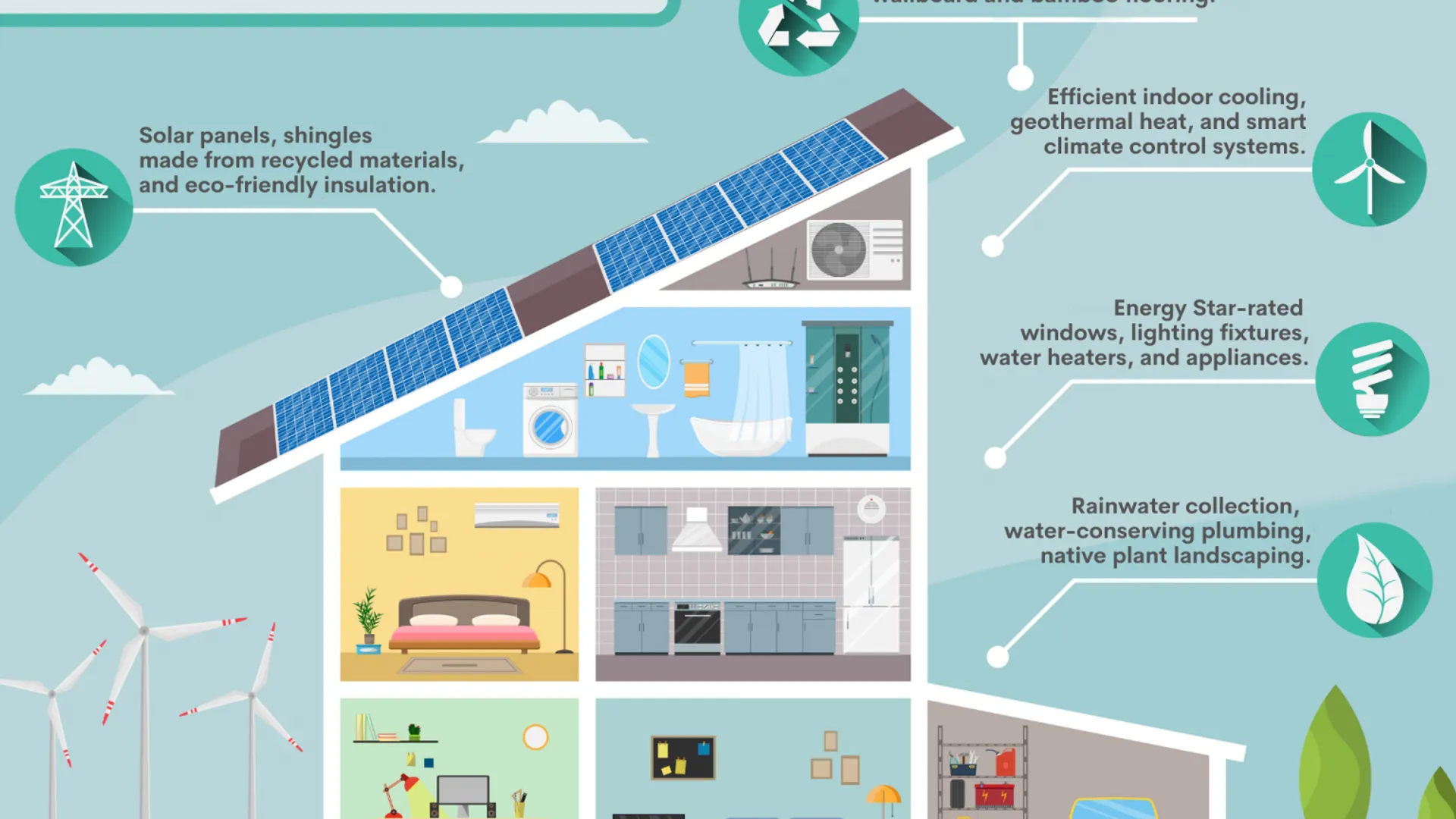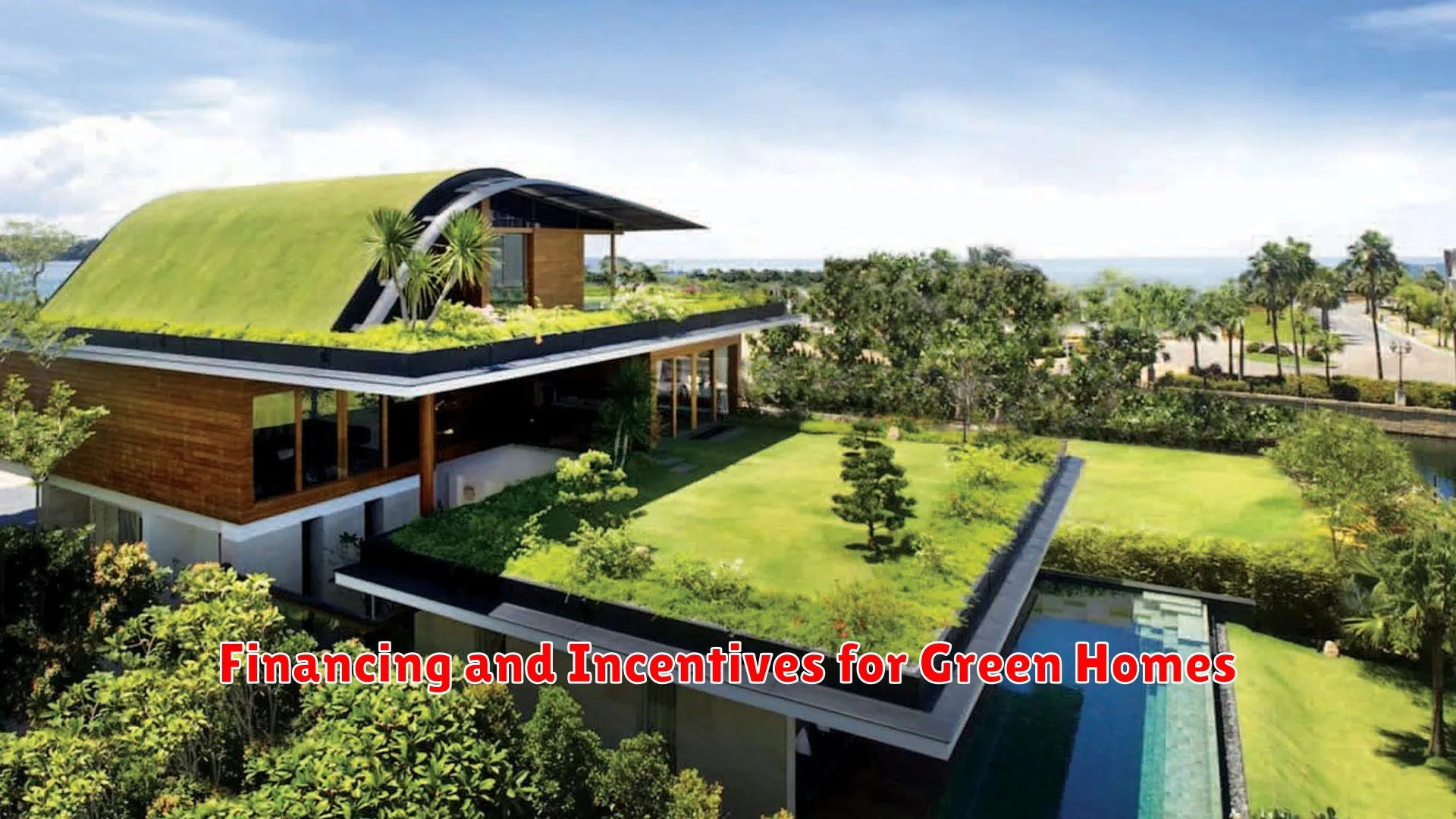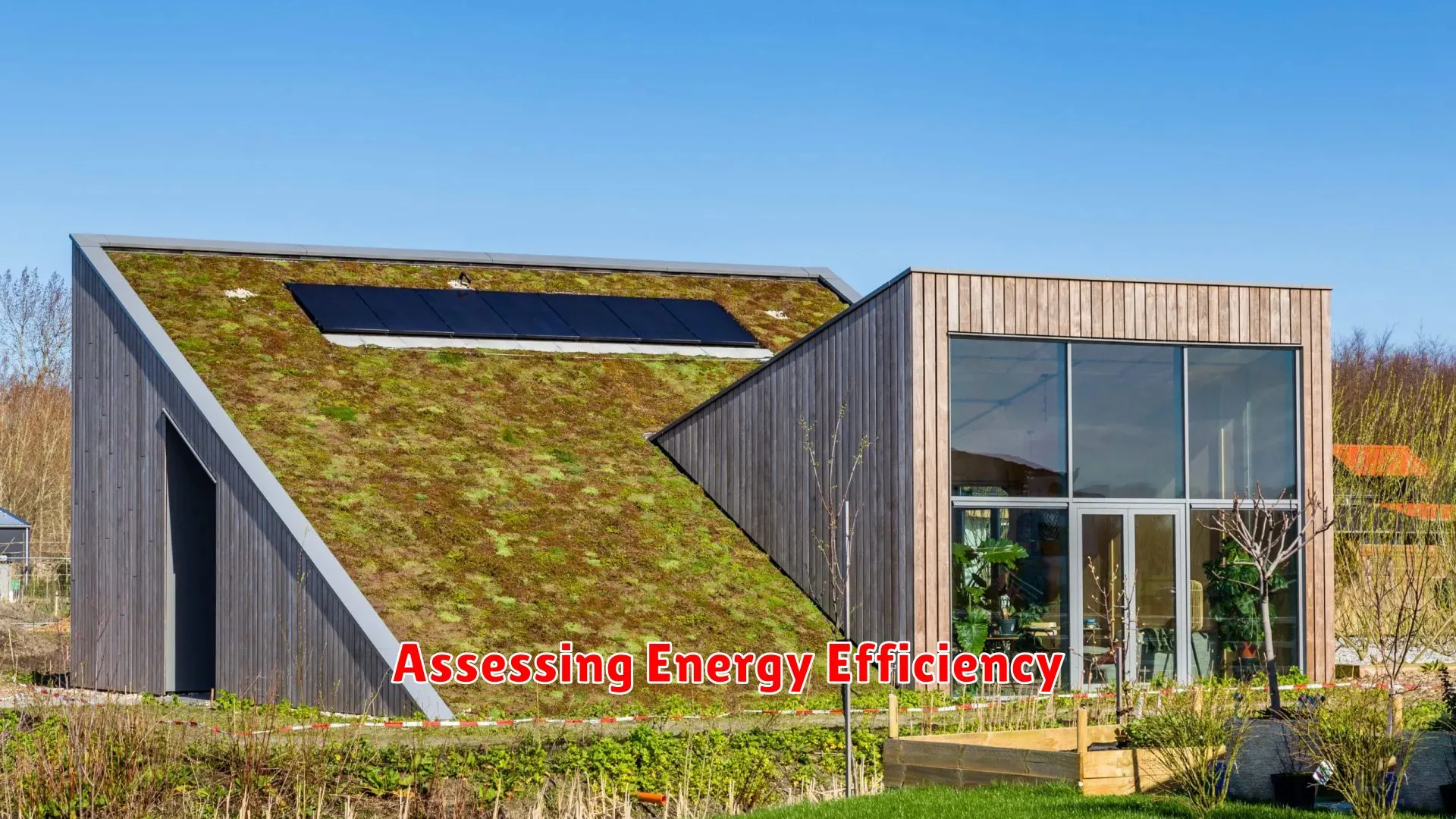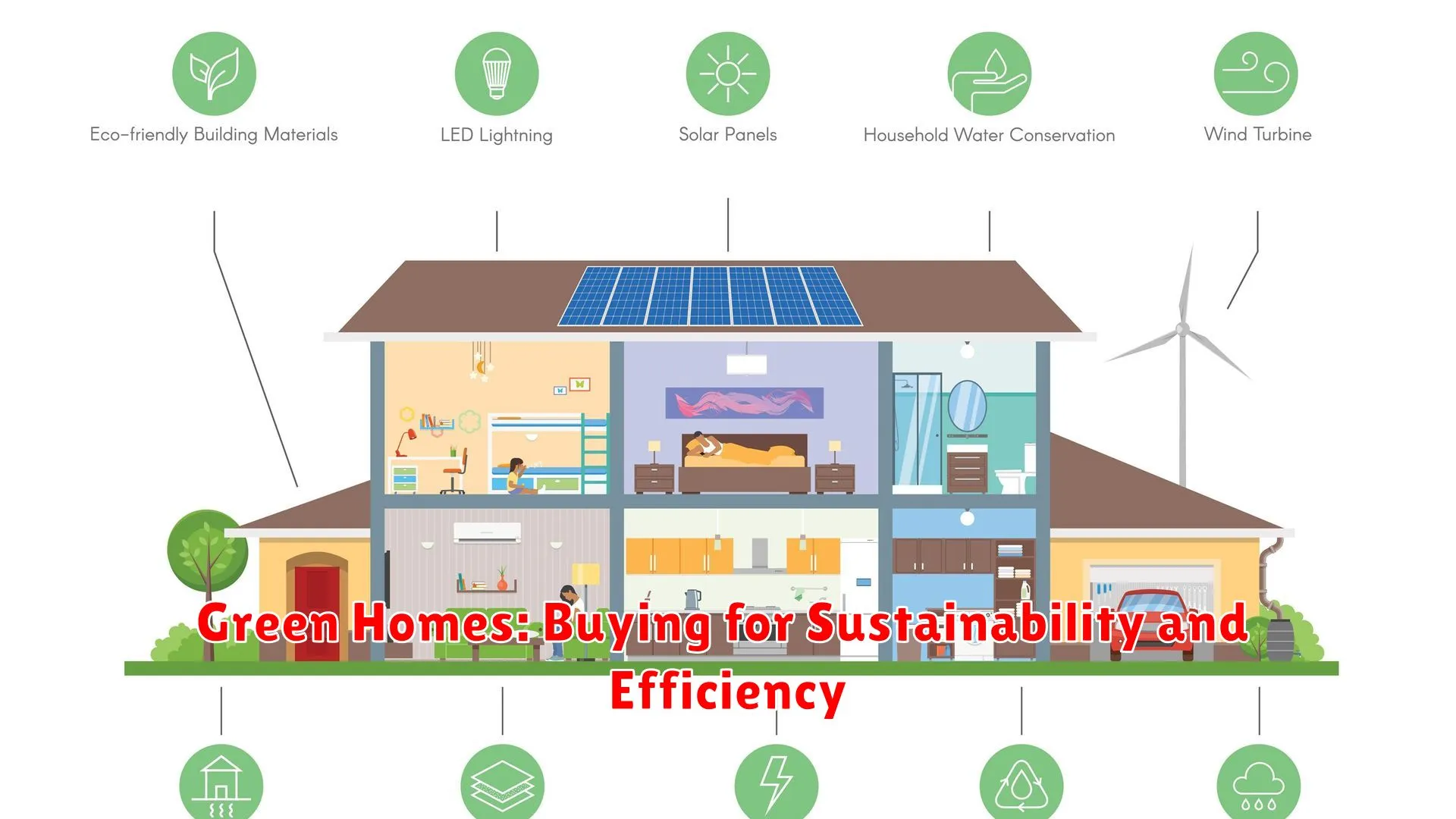Discover the key factors to consider when purchasing a green home for sustainability and efficiency. From energy-saving features to eco-friendly materials, learn how to make an informed choice for a more environmentally friendly living space.
Benefits of Eco-Friendly Homes

Living in eco-friendly homes offers a range of benefits for both homeowners and the environment. These sustainable living spaces are designed to reduce their carbon footprint and promote a healthier lifestyle. Here are some key advantages of choosing eco-friendly homes:
- Energy Efficiency: Eco-friendly homes are equipped with energy-efficient features such as solar panels, LED lighting, and smart thermostats. These elements help lower energy consumption, leading to savings on utility bills.
- Improved Indoor Air Quality: With the use of natural and non-toxic materials, eco-friendly homes promote better indoor air quality, reducing the risk of respiratory issues and allergies.
- Water Conservation: Eco-friendly homes are fitted with water-saving fixtures such as low-flow toilets and faucets, as well as rainwater harvesting systems. This helps conserve water resources and reduce water bills.
- Sustainable Materials: Green homes are built using sustainable materials like reclaimed wood, bamboo, and recycled materials, reducing the demand for new resources and minimizing waste.
- Health Benefits: The focus on natural lighting, proper ventilation, and eco-friendly materials in green homes creates a healthier living environment, contributing to improved physical and mental well-being.
- Long-Term Savings: While the initial cost of eco-friendly homes may be higher, the long-term savings from reduced energy and water bills, as well as lower maintenance costs, make them a financially sound investment.
Key Features of Sustainable Properties

When looking to buy a green home for sustainability and efficiency, there are key features that you should consider to ensure you are making an environmentally-friendly choice that will also benefit you in the long run.
1. Energy-Efficient Design
Sustainable properties typically feature energy-efficient designs that reduce energy consumption. Look for homes with features such as proper insulation, high-performance windows, and energy-efficient appliances to lower your energy bills and decrease your carbon footprint.
2. Use of Renewable Energy Sources
Green homes often incorporate renewable energy sources like solar panels or wind turbines to generate electricity. Investing in a property with these features can help you reduce your dependence on fossil fuels and contribute to a more sustainable future.
3. Water Conservation Systems
Sustainable properties may include water conservation systems such as rainwater harvesting or water-saving fixtures. These features can help you reduce water waste, lower your utility bills, and promote responsible water usage.
4. Use of Eco-Friendly Materials
Look for homes constructed using eco-friendly materials such as reclaimed wood, recycled metal, or sustainable bamboo. Choosing a property with these materials not only minimizes environmental impact but also creates a healthier living environment for you and your family.
5. Sustainable Landscaping
Green homes often feature sustainable landscaping practices like native plantings, rain gardens, or permeable paving. These landscaping elements can help conserve water, reduce maintenance costs, and support local biodiversity.
Financing and Incentives for Green Homes

When it comes to purchasing a green home, financing and incentives play a crucial role in making it a more attractive option for environmentally-conscious buyers. Many financial institutions offer special loans and mortgages designed specifically for eco-friendly homes to encourage sustainable living practices.
Green home financing options include energy-efficient mortgages, which provide lower interest rates or higher loan amounts for properties that meet specific green building certifications. These certifications often focus on energy efficiency, water conservation, and use of sustainable materials.
In addition, some programs offer green energy incentives such as rebates and tax credits for homeowners who install renewable energy systems like solar panels or geothermal heating. These incentives can help offset the initial cost of investing in green technologies, making them more accessible to a wider range of homebuyers.
Furthermore, various government initiatives and local municipalities may provide grants or subsidies to support the development of green homes in efforts to reduce carbon emissions and promote a more sustainable future. These financial incentives serve as rewards for eco-friendly choices and contribute to the growth of green building practices in the housing market.
Overall, having access to financing and incentives for green homes not only makes sustainable living more affordable but also encourages individuals to make environmentally-friendly choices when it comes to buying or renovating their homes.
Assessing Energy Efficiency

When it comes to buying a green home for sustainability and efficiency, assessing its energy efficiency is crucial. Energy efficiency is a key aspect of sustainable living, as it not only helps reduce the environmental impact of a home but also lowers utility costs for the homeowner.
One way to assess energy efficiency in a home is to look at its energy consumption. This includes analyzing the type of appliances and systems installed in the house. Energy-efficient appliances, LED lighting, and an efficient HVAC system can all contribute to lower energy consumption.
Another important factor to consider is the insulation and ventilation of the home. Proper insulation helps maintain a consistent indoor temperature, reducing the need for heating and cooling, while good ventilation ensures fresh air circulation without the need for excessive energy use.
Additionally, consider the use of renewable energy sources in the home. Homes equipped with solar panels, wind turbines, or geothermal systems can generate their electricity sustainably, further reducing reliance on traditional energy sources.
Lastly, look for green certifications or labels when buying a home. Certifications such as LEED (Leadership in Energy and Environmental Design) or Energy Star indicate that the property meets specific energy efficiency standards, giving you peace of mind about your sustainable home purchase.
The Future of Green Living

In the realm of green homes, the future of sustainable living promises innovative technologies and advancements aimed at reducing our environmental impact while enhancing efficiency. As we move towards embracing a more eco-conscious lifestyle, the evolution of green homes is paving the way for a greener, healthier, and more sustainable future.
One key aspect of the future of green living lies in the integration of smart technologies. From energy-efficient appliances to automated systems that regulate temperature and lighting, smart home technologies are revolutionizing how we interact with our living spaces. By optimizing energy consumption and minimizing waste, these innovations are making green homes more sustainable and efficient than ever before.
Furthermore, sustainable materials and construction practices are shaping the future of green homes. Builders and architects are increasingly turning to eco-friendly materials such as recycled wood, bamboo flooring, and energy-efficient insulation to reduce the environmental footprint of new constructions. By prioritizing sustainability in every step of the building process, green homes are becoming synonymous with responsible and environmentally conscious living.
Additionally, the concept of net-zero energy homes is gaining traction as a cornerstone of the future of green living. These homes are designed to produce as much energy as they consume, typically through the use of solar panels, wind turbines, and other renewable energy sources. By generating clean energy on-site, net-zero homes are not only reducing greenhouse gas emissions but also contributing positively to the overall energy grid.
With ongoing research and development in the green building sector, the future of green living holds immense potential for creating sustainable, energy-efficient, and healthy living environments. By embracing eco-friendly practices and incorporating innovative technologies, green homes are at the forefront of a more sustainable future for all.
Conclusion
In conclusion, purchasing a green home offers both environmental benefits and long-term cost savings, making it a wise choice for sustainability-conscious buyers.




